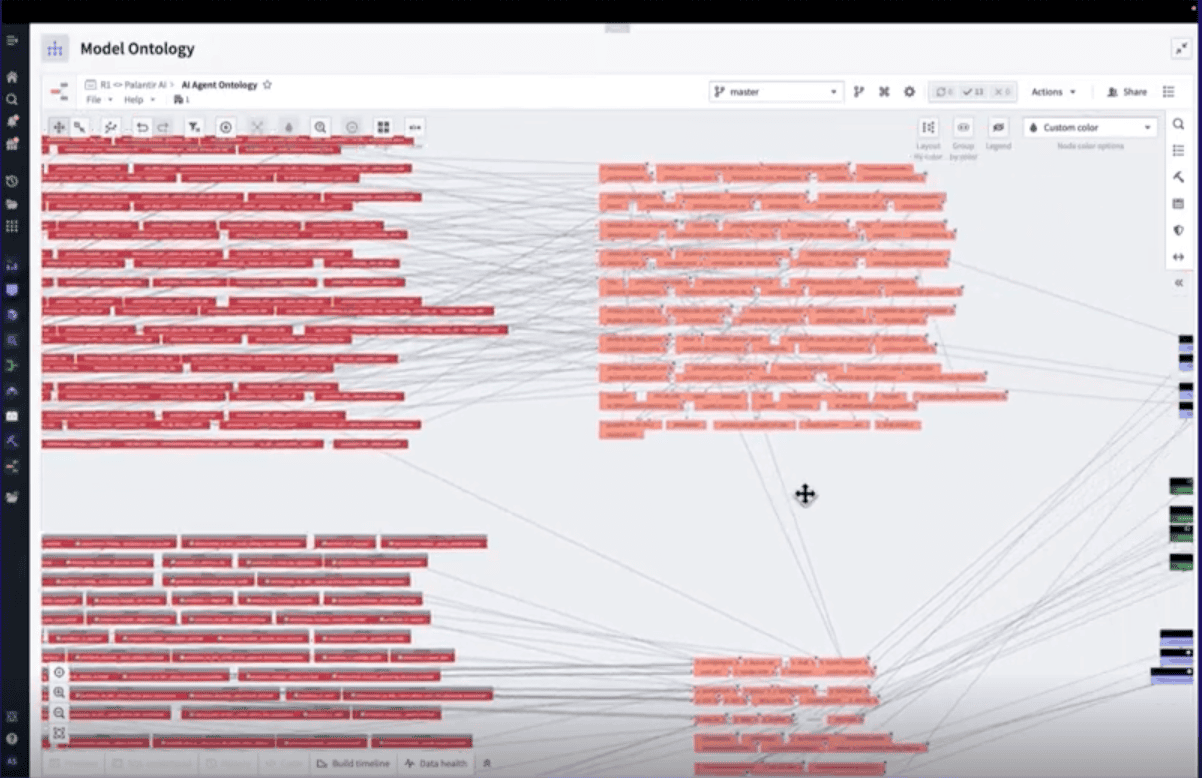Healthcare providers face unprecedented volume gaps, which puts more pressure on finance and revenue cycle leaders to create efficiencies that increase margins. But what does this really mean in terms of dollars and operational improvement? And how can intelligent automation (IA) help?
A thin line for hospitals
A recent study published in JAMA Network takes a look at two decades worth of data and concludes that 15% to 25% of total US healthcare costs are due to administrative expenses about $600 billion to $1 trillion of $3.8 trillion total in 2019, according to the latest figures from Council on Health Care Spending and Value. Insurance administration, billing and coding costs are three of the main drivers.
Add the pandemic’s impact, and already thin hospital margins are getting crushed. Before 2020, the median hospital margin was 3.5%. In April 2020, not including the Federal Coronavirus Aid, Relief and Economic Security (CARES) Act funding, the median hospital margin was 2.4%. With the funding, it was 3.3%.
By the end of this year, however, a report from Kaufman Hall predicts margins could be 10% to 80% below pre-pandemic levels. That is, revenue could be reduced anywhere between $53 billion and $122 billion.
Taming revenue cycle complexity
Historically, revenue cycle complexities have made improving margins challenging. Some complexities include missing or incomplete clinical documentation, patient collections, financial clearance, human error due to coding complications, incomplete patient statements and more.
Missing or incomplete documentation leads to incomplete reimbursement for claims or outright denials. Errors in these steps or anywhere along the countless tasks in the end-to-end revenue cycle can harm healthcare providers financially.
If healthcare organizations hope to recover, they must tame complexity and eliminate errors like these now. IA can help, but not if you’re just automating broken processes to begin with.
Intelligent automation by the numbers
While automation has the potential to transform the revenue cycle, starting with a full assessment of existing processes and workflows is critical. This requires deep revenue cycle management (RCM) expertise. Because, although most revenue cycle processes — depending on the revenue cycle function — can be fully automated, some still require human intervention.
Therefore, knowing what not to automate is important (and often overlooked). For the tasks that should be automated, a solution must enable seamless handoffs between digital workers and people.
R1 specialists and its RCM IA ecosystem do all of the above. The end-to-end platform digitizes the revenue cycle, freeing up staff to perform high-value work that improves margin performance.
Here’s a breakdown of the technology. Robotic process automation (RPA), aka digital workers, perform tasks by navigating system UIs as humans would. Machine learning understands structured data patterns via algorithms. Optical character recognition (OCR) and natural language processing (NLP) extract valuable information from unstructured data. An integrated workflow platform seamlessly orchestrates human and digital tasks to maximize operational efficiency.
And here’s how this all translates to numbers that matter: R1 Intelligent Automation has 120+ dedicated staff that have delivered 500 digital workers, automating 100s of workflows and 60 million annual tasks, supporting $40 billion in revenue for more than 75 healthcare systems.
Additional results from R1’s RCM solutions:
- Reduced cost to collect up to 20%
- Reduced denials up to 50%
- Lowered bad debt up to 25%
Transforming healthcare
Intelligent technology stands to transform healthcare in many areas. For example, nine out of 10 healthcare executives say it will enhance the patient experience. By the numbers, it’s particularly promising in RCM.
In addition to the clear ROI, automating RCM has an important qualitative benefit as well. The revenue cycle is a distraction from any healthcare organization’s core mission: to provide excellent patient care and manage the health and well-being of its patient population.
That’s why you need an IA partner with a proven strategy, expert teams and capacity to measure and scale. Learn more about making the case for IA in your revenue cycle in our white paper.
Author Bio: Ron has served as a Director in R1’s Digital Transformation Office since 2019 where he oversees the automation product portfolio. Prior to joining R1, Ron spent nearly ten years in management consulting, first with Navigant (now Guidehouse) and then with Deloitte Consulting. While in consulting, he advised the nation’s largest acute, specialty, and outpatient provider networks on operational transformations and business strategy




